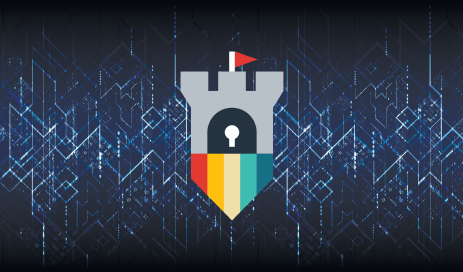Software may be described as open source if the source code is available in a form that is understandable, readable and freely accessible to the general public. In addition, there must be no restrictions on use and no requirement to pay license fees. Furthermore, the software may be copied, distributed and used as required.
But: Open source does not mean that everything is allowed.
The use of Open Source Software (OSS) is subject to certain conditions. This means that the use, duplication and processing is not permitted unconditionally and depends on the respective rights of use granted (software licenses used).
Below are three widely used open source licenses
-
The GPL license (General Public License) is the most important and widespread open ource License. If you modify software that runs under the GPL license, the new code must also be published under the GPL license. This is known as the “copyleft effect”.
-
The Apache license is a license without the copyleft effect. This means that a modification of software with an Apache license can be published under any other license. But the important thing with this license is that the name of the author (copyright owner) must be mentioned if the software is redistributed.
-
MIT license from the Massachusetts Institute of Technology. Like the Apache license, this license has no “copyleft effect” and is less restrictive. In other words, there are no restrictions on the rights of use. Only a copyright notice and a permission notice must be included in all copies.
In addition, there are several other licenses and it is important to always check exactly which license a software uses in order not to violate the rights of use.
It is also important to know that in the event of problems with open source software, no one can be held liable for any problem caused by the use of the software. Therefore, you should always carefully evaluate whether the use of open source software is worthwhile and whether you should rely on closed source software (conventional software).
You should also bear in mind that even open source software is not always free. It may be free to use, but there may be follow-up costs. This could be for the possible installation of the software by a contractual partner or for possible support during the lifetime of the software.
It should also be noted that you need a community that keeps the software up to date in order to prevent any problems. The community can be supported, for example, by a donation that can be made directly to the community or the developer via GitHub. In this way, you can show your appreciation for the work done and finance further projects. In the worst case scenario, a possible bug in the software could otherwise no longer be corrected or an important change could no longer be implemented.
The free software movement of the 1980s is often seen as one of the immediate pioneers of open source. In 1998, the Open Source Initiative (OSI) was founded. aInsearch for an alternative term for free software, also because better marketing was needed, the term open source was finally agreed upon. And in the same year, the first version of the Open Source Definition (OSD) was created. This contains the criteria that a license must meet in order to be " Open Source".



